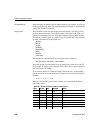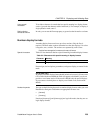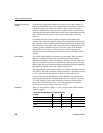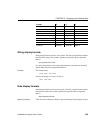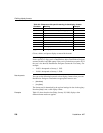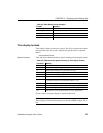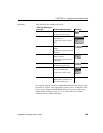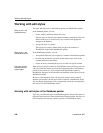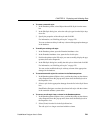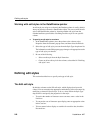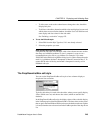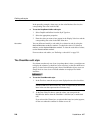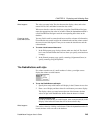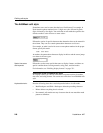
Working with edit styles
240 DataWindow .NET
Working with edit styles
You work with edit styles in the Database painter and DataWindow painter.
What you do in the
Database painter
In the Database painter, you can:
• Create, modify, and delete named edit styles
The edit styles are stored in the extended attribute system tables. Once you
define an edit style, it can be used by any column of the appropriate
datatype in the database.
• Assign edit styles to columns
These styles are used by default when you place the column in a
DataWindow object in the DataWindow painter.
What you do in the
DataWindow painter
In the DataWindow painter, you can:
• Accept the default edit style assigned to a column in the Database painter
• Override the default edit style with another named style stored in the
extended attribute system tables
• Create an ad hoc, unnamed edit style to use with one specific column
Edit styles and the
extended attribute
system tables
When you have placed a column in a DataWindow object and have given it an
edit style (either the default style from the assignment made in the Database
painter for the column or a style assigned in the DataWindow painter),
DataWindow Designer records the name and definition of the edit style in the
DataWindow object.
However, if the definition of the edit style later changes in the extended
attribute system tables, the edit style for the column in a DataWindow object
will not change automatically. You can update the column by reassigning the
edit style to it in the DataWindow object.
Working with edit styles in the Database painter
Typically, you define edit styles in the Database painter, because edit styles are
properties of the data itself. Once defined in the Database painter, the styles are
used by default each time the column is placed in a DataWindow object.



